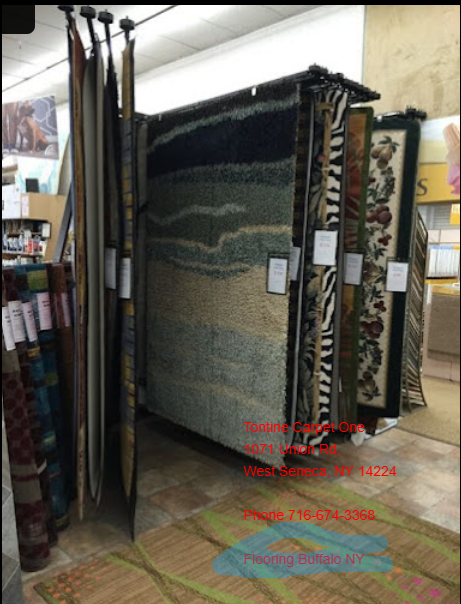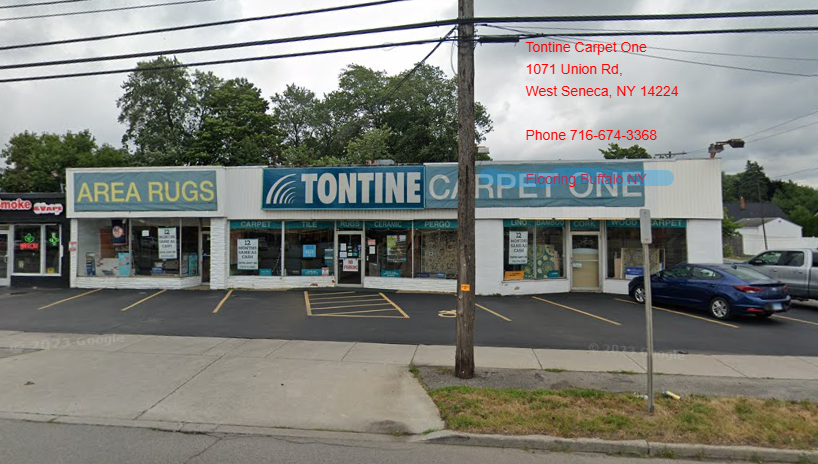Introduction
When we stroll as a result of a superbly embellished domicile, our eyes characteristically fall upon the carpeting that serves as each a groundwork and a commentary piece. Carpets can bring up areas, delivering heat, comfort, and an aesthetic attraction. But have you ever ever questioned how carpet types developed through the years? From steeply-priced Persian rugs to modern minimalist designs, the journey of carpeting patterns reflects societal ameliorations, technological advancements, and evolving tastes.
In this newsletter, we’ll explore The Evolution of Carpeting Styles Over the Years in detail. We'll delve into historical context, materials used, layout trends, and present day concepts in the carpet market. Whether you might be searching out carpets Buffalo NY, Hardwood Flooring Buffalo NY, or conveniently exploring alternatives at your native Buffalo Carpet Store, this text will furnish insights into how carpets have transformed through the years.
The Evolution of Carpeting Styles Over the Years
A Brief History of Carpeting
Carpeting has a rich historical past dating back millions of years. Initially created for functional reasons, carpets evolved into decorative art types that pondered cultural values and ideas.
Early Beginnings: The Origin of Rugs
- Persian Influence: Persian rugs are a number of the oldest identified carpets, dating again to round 500 BC. Their tricky designs broadly speaking feature floral motifs and geometric patterns. Navajo Weaving: In North America, Native American tribes just like the Navajo all started weaving their own uncommon rugs as early as the seventeenth century.
These early carpets were not purely realistic but also served as reputation symbols inside their respective cultures.
The Middle Ages: A Shift in Functionality
As societies evolved in the course of the Middle Ages, carpets transitioned from being basically utilitarian to serving as decorative parts in castles and churches throughout Europe. The use of prosperous hues and elaborate designs grew to become widespread.
Renaissance to Industrial Revolution: The Rise of Luxury Carpets
Renaissance Flourishes
During the Renaissance interval (14th to seventeenth centuries), European royalty commissioned fantastic tapestries and carpets for their properties. These textiles featured colourful colorations and depicted scenes from mythology or nature.
Industrial Innovations
The Industrial Revolution inside the 18th century marked a really good turning level for carpeting patterns:
- Mass Production: With advancements in equipment, carpets is likely to be produced on a larger scale. Synthetic Fibers: The creation of synthetic fibers furnished sturdiness at decrease expenditures.
20th Century: Diverse Styles Emerge
As we entered the twentieth century, carpeting began to diversify added:

Mid-Century Modern Designs
The mid-century revolutionary motion emphasised simplicity and performance. Carpets along with shag rugs grew to become normal thanks to their textural features.
Post-War Era Trends
After World War II, there was a surge in suburban residing which inspired carpet design:
- Wall-to-wall carpeting changed into a staple in lots of buildings. Bright hues like avocado eco-friendly and mustard yellow meditated famous culture throughout this period.
Contemporary Trends: Sustainable Practices and Technology
Today’s carpets mirror contemporary way of life selections with an emphasis on sustainability and technological know-how:
Eco-Friendly Materials
Many shoppers are now trying sustainable suggestions fabricated from recycled elements or organic and natural fibers. This shift is clear at neighborhood floors shops like Tontine Carpet One Buffalo NY.
Technological Advancements
Innovations reminiscent of stain-resistant treatment plans and expanded deploy equipment have made putting forward carpets more easy than ever earlier.
Materials Used in Carpet Making Through Time
Natural vs Synthetic Fibers: A Comparative Analysis
https://www.tontinecarpetone.com/about/financingWhen discussing carpet supplies through the years, it’s most important to agree with the two herbal and artificial fibers:

| Material Type | Characteristics | Advantages | Disadvantages | |-------------------|-----------------------------------------------------|-----------------------------------------|-------------------------------------| | Natural Fibers | Wool, cotton, jute | Eco-pleasant; highly-priced think | Can be dear | | Synthetic Fibers | Nylon, polyester | Durable; stain-resistant | Less breathable |
Wool: The Classic Choice
Wool has been revered for its sturdiness and pricey texture for the time of background. It keeps warmness smartly and is obviously resistant to grime.
Nylon: A Modern Marvel
Introduced in the mid-20th century, nylon quickly become time-honored thanks to its resilience opposed to wear and tear—very best for top-site visitors places like hallways or living rooms.
Design Trends Across Different Eras
Victorian Patterns: Opulence Redefined
In Victorian times (19th century), ornate patterns dominated carpet designs with floral motifs reflecting wealth.
Art Deco Inspirations
Art Deco (Nineteen Twenties) delivered geometric shapes into awareness—providing ambitious contrasts that also resonate in the present day.
Influence of Culture on Carpet Design
Cultural Significance
Every lifestyle has its specified contribution to carpet making—from Persian motifs celebrating nature to Navajo patterns reflecting storytelling.
Regional Styles
Each vicinity showcases different characteristics based totally on achievable substances or normal programs—believe Turkish kilims as opposed to Indian dhurries!
FAQs
1. What are a few customary varieties of carpeting?
There are a variety of varieties adding loop pile, reduce pile (like plush), frieze (twisted), Berber (looped & textured). Each grants distinctive aesthetics & convenience tiers!
2. How do I desire a carpet stylish on standard of living?
Consider components similar to foot site visitors degrees! For busy households with pets/childrens select durable innovations like nylon or Berber types that withstand stains!
three. Are green carpets worthy it?
Absolutely! They not most effective make contributions in opposition t sustainability however may provide larger air excellent reward! Many eco-friendly brands now have classy services too!
4. How probably could I update my carpet?
Typically every 5-10 years depending on usage & renovation! Regular cleansing can extend its existence tremendously!
5. What’s trending desirable now in carpeting styles?
Current developments emphasize textures—assume shaggy seems to be paired with impartial colors! Also multi-realistic part rugs are moderately commonly used!
6. Can I deploy carpet myself?
While DIY installing is potential extraordinarily with modular tiles; skilled install guarantees wonderful consequences particularly for wall-to-wall fittings!
Conclusion
As we mirror on The Evolution of Carpeting Styles Over the Years, that is clean that those humble textiles inform memories a ways past aesthetics—they encapsulate cultural identities even as adapting with time's currents! Whether you’re traveling your native Buffalo Carpet Store or figuring out among preferences at Tontine Carpet One Buffalo NY; working out this evolution enhances appreciation in your possible choices at the present time!
From organic fibers steeped in tradition to modern day manufactured ideas; our reference to ground is still profound! So subsequent time you stroll throughout your plush living room carpet be aware—it’s extra than just fabrics underfoot—it’s background woven into each and every thread!